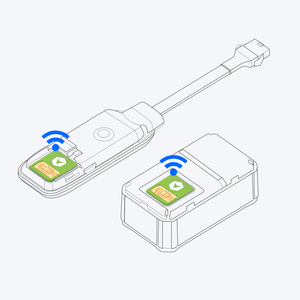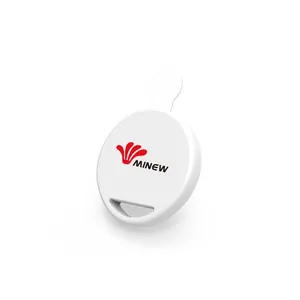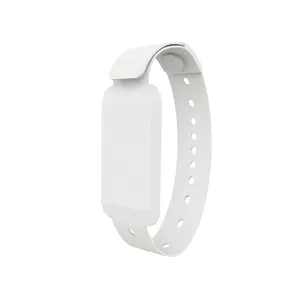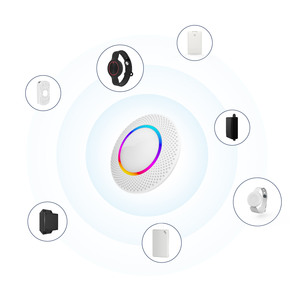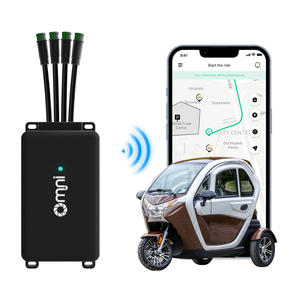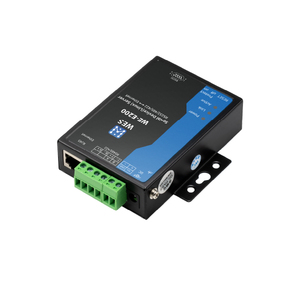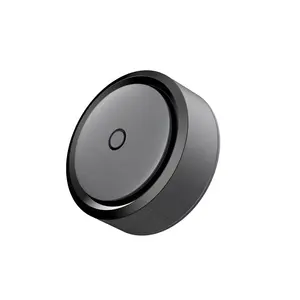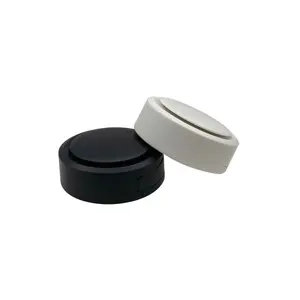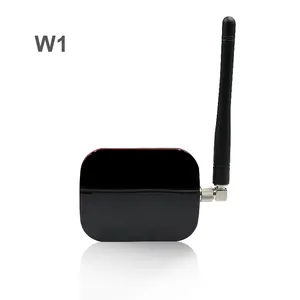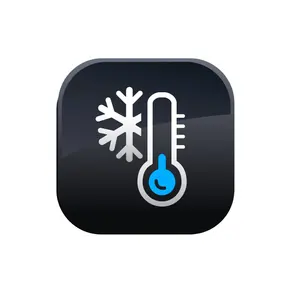Iot Devices








 Top sponsor listing
Top sponsor listing




 1/3
1/3







 1/39
1/39


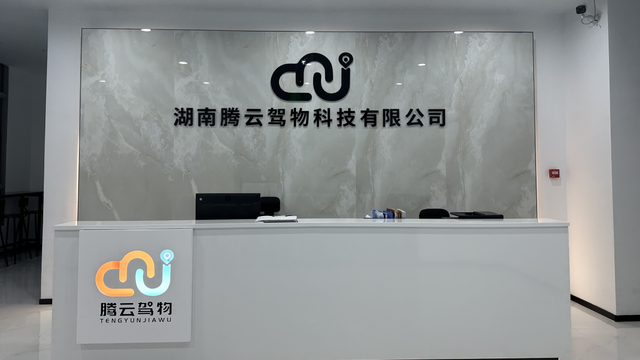

 1/3
1/3




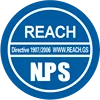







 1/47
1/47







 1/17
1/17




 1/3
1/3





 1/2
1/2









 1/55
1/55









 1/3
1/3













 1/40
1/40




















 1/37
1/37





 1/3
1/3





 1/3
1/3








 1/14
1/14









 1/55
1/55




 1/3
1/3
About iot devices
Where to Find IoT Devices Suppliers?
China remains the global epicenter for IoT device manufacturing, with Shenzhen and Jiangsu emerging as core production hubs due to their advanced electronics ecosystems. Shenzhen’s dense network of component suppliers, contract manufacturers, and R&D centers enables rapid prototyping and scalable production, particularly for wireless modules, sensors, and tracking devices. Jiangsu’s industrial base complements this with strong capabilities in industrial IoT hardware, including LoRaWAN transmitters, 4G/NB-IoT gateways, and RS485 communication modules.
These regions support vertically integrated supply chains where chipset sourcing, PCB assembly, firmware integration, and final testing occur within tightly coordinated clusters. This localization reduces lead times by up to 30% compared to offshore alternatives and supports flexible order volumes—from single-unit prototypes to bulk deployments exceeding 10,000 units. Buyers benefit from proximity to semiconductor distributors, certification labs, and logistics gateways, ensuring faster time-to-market and lower unit costs through economies of scale.
How to Choose IoT Devices Suppliers?
Evaluating suppliers requires a structured assessment across technical, operational, and transactional dimensions:
Technical & Functional Compliance
Confirm adherence to relevant standards such as RoHS, CE, and FCC for electromagnetic compatibility. For Bluetooth-enabled devices, verify Bluetooth SIG qualification. Suppliers should provide test reports for RF performance, battery life, and environmental resilience (e.g., IP67 ratings). Firmware upgradability and API access for cloud integration are critical for scalable IoT deployments.
Production and Customization Capacity
Assess key indicators of manufacturing maturity:
- Minimum facility size supporting dedicated SMT lines and aging/test chambers
- In-house engineering teams capable of custom firmware, enclosure design, and sensor integration
- Support for OEM/ODM services including logo printing, packaging configuration, and color/material selection
Cross-reference customization claims with documented product variants and client project portfolios.
Performance and Transaction Reliability
Prioritize suppliers with verifiable track records:
- On-time delivery rate ≥97%
- Average response time ≤5 hours
- Reorder rate below 25% (indicative of stable customer satisfaction)
- Third-party transaction protection or escrow availability
High online revenue (>$500,000 annually) correlates with sustained operational capacity and export experience.
What Are the Best IoT Devices Suppliers?
| Company Name | Location | Main Products | Customization Options | On-Time Delivery | Response Time | Online Revenue | Reorder Rate | Verified Type |
|---|---|---|---|---|---|---|---|---|
| Shenzhen Moko Technology Ltd. | Shenzhen, CN | Bluetooth beacons, LoRa gateways, BLE trackers, data loggers | Color, size, material, logo, firmware, SOS alerts, dashboard integration | 98% | ≤4h | US $1,700,000+ | <15% | Custom Manufacturer |
| Shenzhen Minew Technologies Co., Ltd. | Shenzhen, CN | iBeacon, temperature sensors, wristband trackers, NFC tags | Chipset, battery, packaging, firmware, mesh networking, iOS/Android support | 97% | ≤5h | US $130,000+ | <15% | Custom Manufacturer |
| Jiangsu Sfere Electric Co., Ltd. | Jiangsu, CN | LoRa wireless transmitters, 2G/4G/NB-IoT modules, RS485 gateways | Color, size, logo, label, packaging, graphic interface | 100% | ≤2h | US $500,000+ | 25% | Custom Manufacturer |
| Hunan Ylwl Technology Co., Ltd. | Hunan, CN | Smart building cellular IoT, asset tracking beacons, motion sensors | Limited customization per listed products | 100% | ≤5h | US $40,000+ | <15% | Not specified |
| Shenzhen Second Technology Co., Ltd. | Shenzhen, CN | BLE 5.0 modules, WiFi PCBA, development kits | Software/app integration, basic hardware bundling | 14% | ≤3h | US $9,000+ | 100% | Not specified |
Performance Analysis
Shenzhen-based suppliers dominate in product diversity and customization depth, with Moko Technology leading in volume output and end-to-end solution integration. Minew Technologies offers specialized expertise in wearable trackers and beacon networks with robust firmware control. Jiangsu Sfere stands out for industrial communication modules, achieving perfect on-time delivery and strong revenue, though with moderate reorder frequency. Hunan Ylwl demonstrates reliability in smart infrastructure applications with full shipment consistency. In contrast, Shenzhen Second Technology shows high customer return rates but critically low on-time delivery (14%), indicating potential fulfillment risks despite responsive communication.
FAQs
How to verify IoT device supplier reliability?
Validate certifications (CE, RoHS, FCC) through official databases. Request sample units to assess build quality, signal stability, and power consumption. Review firmware update mechanisms and inquire about SDK/API availability for system integration. Analyze historical transaction data, focusing on delivery consistency and dispute resolution history.
What is the typical lead time for IoT device orders?
Standard orders require 15–25 days for production, depending on complexity. Custom designs with new enclosures or firmware development may extend to 45 days. Add 7–14 days for international air freight or 25–40 days for sea shipping.
Do suppliers support small MOQs for prototyping?
Yes, most suppliers offer low minimum order quantities—some as low as 1 piece—for evaluation units and pilot deployments. Bulk pricing typically applies at 100+ units for beacons and 1,000+ for modules.
Can IoT suppliers provide firmware and app development?
Leading manufacturers offer bundled software services, including mobile app interfaces, cloud dashboard integration, and real-time alert systems. Confirm scope of support and ownership rights before engagement.
What are common customization options for IoT devices?
Available modifications include branding (logo, color), physical attributes (size, material, IP rating), connectivity (BLE, LoRa, NB-IoT), sensor integration (temperature, motion, GPS), and power management (battery type, lifespan). Full OEM projects may involve proprietary housing and firmware tailoring.







